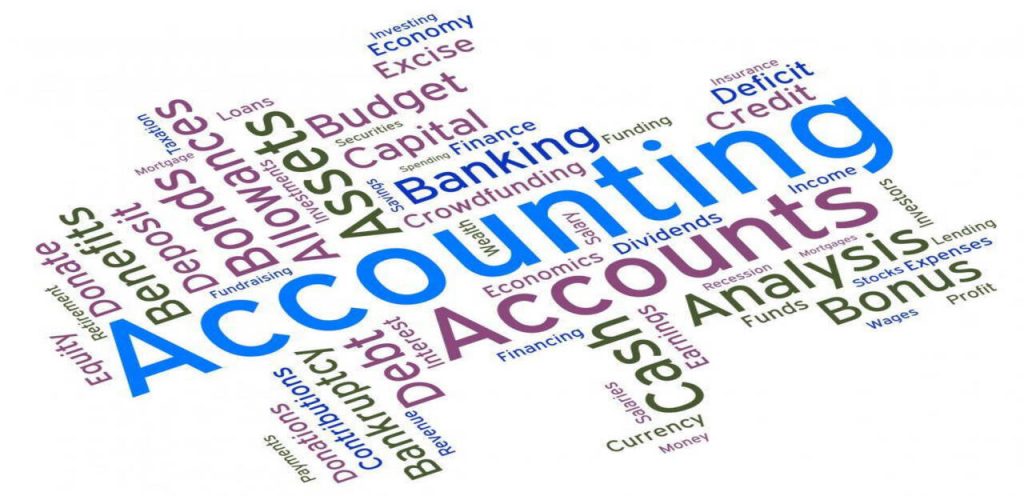You need to think about the sale of your rental property when you claim depreciation on your qualified improvement property (QIP).
Gains may be subject to higher-than-expected tax rates due to Section 1245 and Section 1250 ordinary income recapture and other factors. Planning your depreciation methods can significantly impact your current tax liabilities and long-term taxable gains when you sell.
Do you own or are you thinking of owning an office building, a store, a warehouse, or a factory building?
Are you thinking of making improvements to the interior of this building?
If you make improvements to the interior that the tax law classifies as QIP, your commercial property now has three property components:
- Land (non-depreciable)
- Building (depreciated over 39 years using the straight-line method)
- QIP (depreciated over 15 years using the straight-line method, but alternatively eligible for Section 179 expensing and bonus depreciation)
Technically, QIP means any improvement to an interior portion of a non-residential building (think offices, stores, factories, etc.) that is placed in service after the date the building is placed in service.
The exceptions are costs attributable to the enlargement of the building, any elevator or escalator, or the building’s internal structural framework.
QIP Deduction Choices
QIP is 15-year property eligible for deduction in three ways:
- Straight-line depreciation using the IRS 15-year depreciation table
- Section 179 expensing
- Bonus depreciation (technically called “additional first-year depreciation” in the tax code)
You can use a combination of the above to deduct your QIP—except when bonus depreciation is 100 percent, because that uses 100 percent of your basis in the QIP.
Bonus Depreciation
Lawmakers are in the process of reinstating 100 percent bonus depreciation for 2022 and 2023.
Regardless of the bonus deduction percentage—60 percent, 80 percent, or 100 percent—the rules for taxing that deduction when you sell are the same.
The reason to claim the deduction is that it’s immediate. For example, let’s say you spend $120,000 on QIP. With 100 percent bonus depreciation, you deduct $120,000 the year you place the QIP in service.
Caution. Make sure the passive loss rules don’t limit the QIP bonus depreciation deduction.
When you sell the building that contained the QIP for which first-year bonus depreciation was claimed, gain—up to the excess of the bonus depreciation deduction over the depreciation calculated using the straight-line method—is considered additional depreciation for purposes of Section 1250 and is high-taxed ordinary income recapture.
Section 179 Expensing
When you sell QIP for which first-year Section 179 deductions were claimed, gain up to the amount of the Section 179 deductions is high-taxed Section 1245 ordinary income recapture.
Straight-Line Depreciation
If you opt for straight-line depreciation for real property, including QIP (that is, no first-year Section 179 deductions and no bonus depreciation), there won’t be any Section 1245 or Section 1250 ordinary income recapture.
Instead, you will have only unrecaptured Section 1250 gain from the depreciation, and that gain will be taxed at a federal rate of no more than 25 percent.
Planning for the QIP Deductions
As you see above, your QIP deduction is not what it appears on the surface. Regardless of how you deduct your QIP, immediately or over time, you have a deduction that turns into taxable income at the time of sale.
So, what to do? If you want the big deduction in the first year, go for it, but
- make sure you will realize that deduction—in other words, make sure the passive-loss rules don’t deny or defer that deduction; and
- make sure you consider what is going to happen in the year you plan to sell the property.

